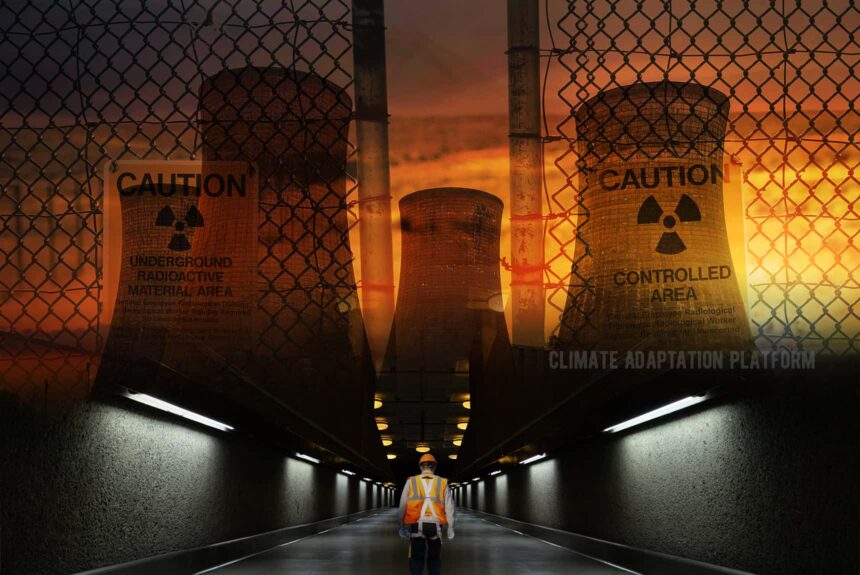In Finland, nuclear power provides more than a third of its electricity. Nuclear power is expected to grow to over 40% by 2022 and will help the country achieve carbon neutrality by 2050 in keeping with the Paris Agreement.
This June, Finland completed the last of five almost identical underground repositories, on Olkiluoto island, off the southwest coast of Finland, near one of the country’s nuclear power plants.
This deep geological disposal facility is 450 metres below ground level, where radioactive nuclear waste is kept in corrosion-resistant canisters and embedded in clay for hundreds of thousands of years.
The first underground (2022) says the basic principle of deep geological storage is to put multiple years of physical barriers between waste and human beings. The idea of the metallic canister that contains the waste is not to decay before the radioactive material does inside it.
The article notes that presently, a vast majority of nuclear waste is kept underwater in cooling pools close to the location of the nuclear power plant.
Finland, for now, stands out as the only country in the world to build a complete deep geological storage facility.
Director general of the International Atomic Energy Agency (IAEA), Rafael Mariano Grossi, called Finland’s nuclear waste repository a game-changer when he visited the site in November 2020.
“Finland has had the determination to move forward with the project and to bring it to fruition,” Grossi said. “Waste management has always been central to many debates about nuclear energy and the sustainability of nuclear activity worldwide. Everybody knew of the idea of a geological repository for high-level radioactive nuclear waste, but Finland did it” (Gil, 2020).
Transitioning to clean energy requires shifting energy production away from sources that emit lots of greenhouse gases to those that release little to no GHG. Nuclear power, among renewable sources like solar wind and hydro, is one of them. Nuclear power is the second-largest low-carbon energy source used today to produce electricity.
According to the IAEA, nuclear power accounts for around 10% of the world’s electricity and around one-third of global low carbon electricity. As of 2020, there are 440 nuclear power reactors in operation in 30 countries and 54 reactors under construction in 19 countries, including four countries that are building their first nuclear reactors.
Jarmo Tanhua, Executive Officer of TVO, the company that operates the Olkiluoto Nuclear Power Plant, says that the role of low-carbon energy, such as renewable energy and nuclear power, is crucial in the battle against climate change (Gil, 2020).
Over 80% of the electricity produced in Finland is non-polluting. The figure will rise with regular electricity production at the Olkiluoto 3 plant unit, scheduled to be connected to the grid in 2021 and begin production in 2022, Mr Tanhua added (Gil, 2020).
Mr Tanhua also said that TVO would be glad to share their solution for the final disposal of spent fuel with industry players and regulators worldwide. “The rising walls of the encapsulation plant and the final disposal facilities being completed at Onkalo are concrete examples of this: we have a solution,” said Tanhua (Gil, 2020).
Click the links on the “sources” to know more about Finland’s geological disposal facility:
The first underground warren for disposing of spent nuclear fuel. (2022, June 22). The Economist. Retrieved from https://www.economist.com/science-and-technology/2022/06/22/the-first-underground-warren-for-disposing-of-spent-nuclear-fuel
Gil, L. (2020, November 20). Finland’s Spent Fuel Repository a “Game Changer” for the Nuclear Industry, Director General Grossi Says. IAEA. Retrieved from https://www.iaea.org/newscenter/news/finlands-spent-fuel-repository-a-game-changer-for-the-nuclear-industry-director-general-grossi-says



Leave a Reply